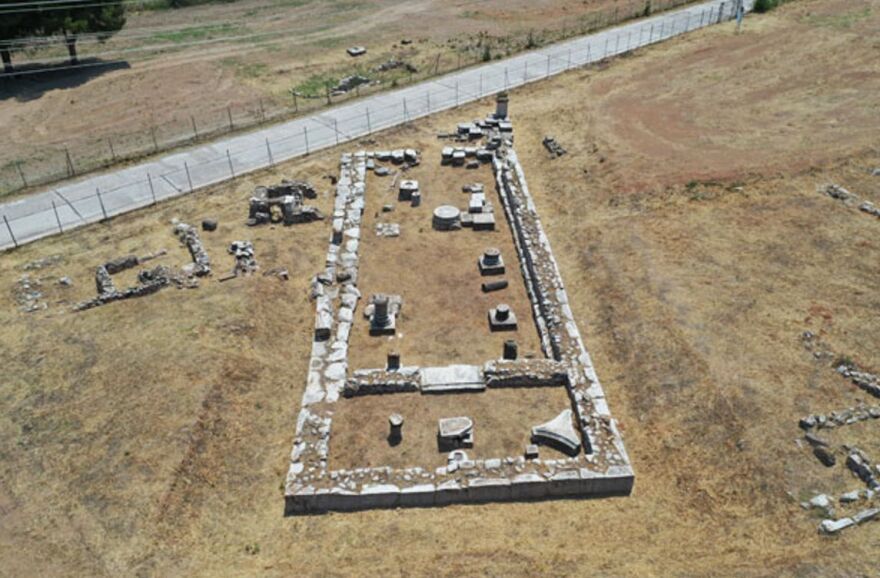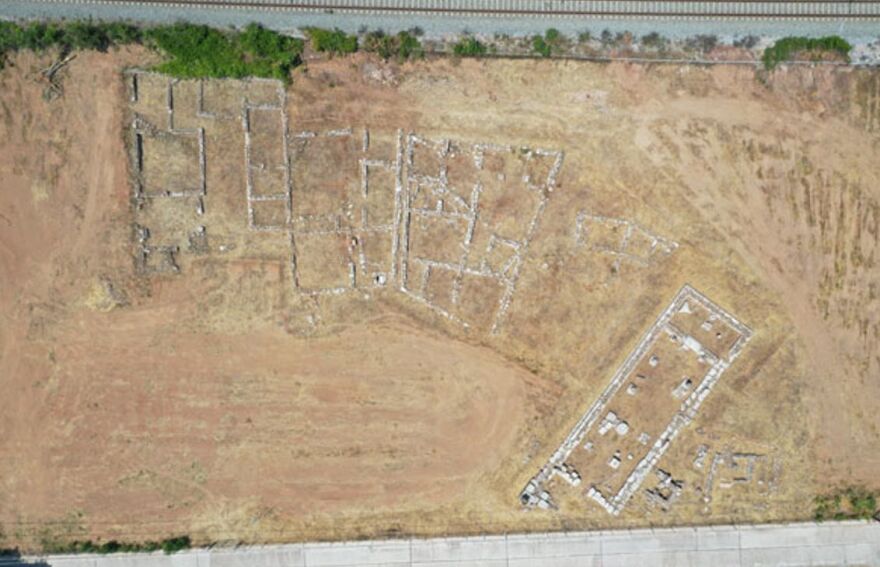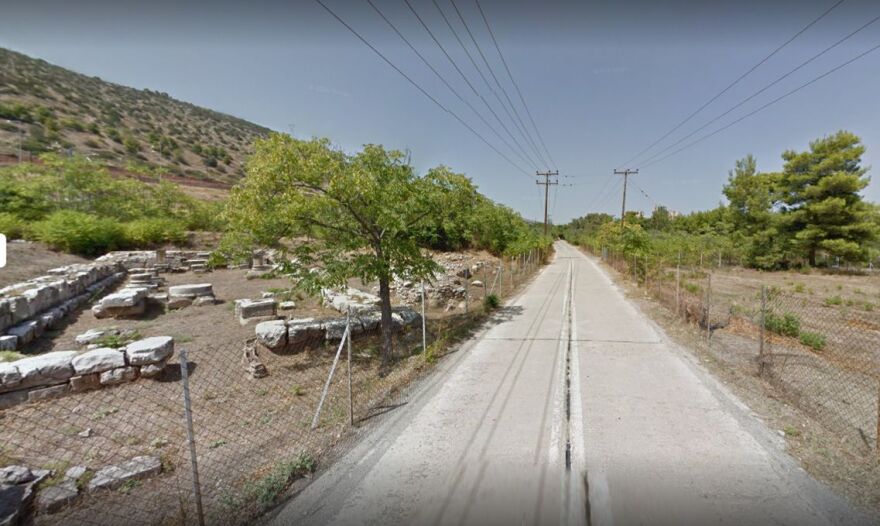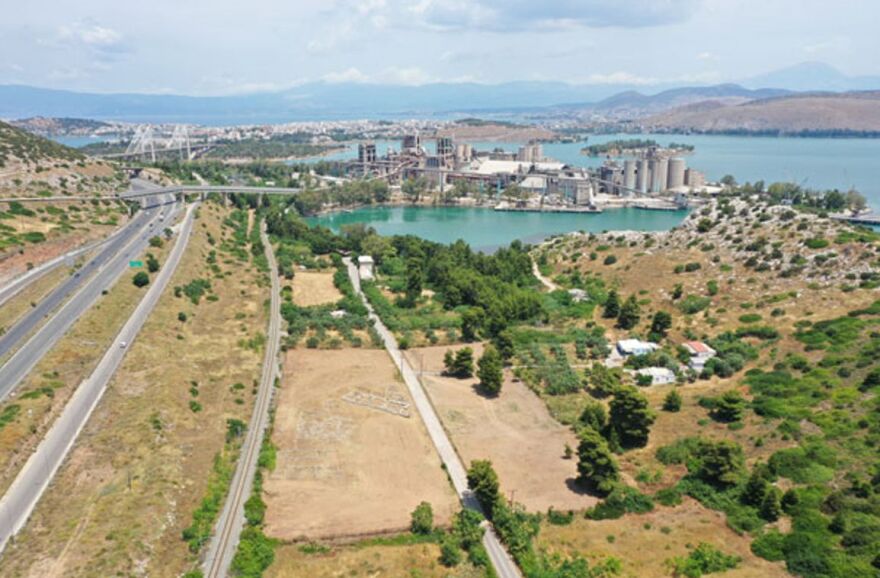Aulis, known from the Trojan War and the sacrifice of Iphigenia, the daughter of Agamemnon, the leader of the Greeks, is located on the Boeotian coast, in the southern Evian Gulf, opposite the source of Arethusa. Studies for the implementation of the project were conducted under a Cultural Development Programmatic Agreement between the Ministry of Culture and the Region of Central Greece, aiming to create a modern, accessible archaeological site with well-highlighted monuments and essential infrastructure to facilitate visitors.

Minister of Culture Lina Mendoni stated: “Written accounts of the sanctuary of Aulideian Artemis date back to the Homeric epics and Athenian tragedians, while ancient geographers and travelers, such as Strabo and Pausanias, devote part of their narratives to it. The promotion of the archaeological site, a historic place of international significance, which until now has remained closed, will enhance the cultural identity of the area, as it is near the entrance to the city of Chalkida, at the connection point of Euboea with the rest of mainland Greece. Here, the Greek fleet had gathered before setting sail for Troy. It was Aulideian Artemis who demanded the sacrifice of Iphigenia, Agamemnon’s daughter, because he had accidentally killed one of the goddess’s sacred deer, provoking her wrath, which caused the ships to be immobilized by a complete lack of wind.

The aim of the study is to create an accessible, modern, and visitor-friendly archaeological site, with easily understandable monuments and basic functional infrastructure for visitors, while also highlighting its historical and architectural significance and connecting it with society. The architectural study presents proposals for the promotion of the archaeological site by relocating the road that bisects it, allowing visitors to gain a complete understanding of the area. The design includes the creation of a network of paths and alternative routes to make the visit friendly for everyone, with access to all points of interest, providing a rich experiential experience.”

The project includes the installation of electricity, telephone, and water supply networks, as well as the undergrounding of networks along the old road route, land formations, and stormwater drainage control—important work for the protection and promotion of the monumental units. Additionally, a guardhouse, parking area, rest and recreation area, and sanitary facilities will be installed. To create welcoming shaded rest areas, broad olive trees will be planted.
The ancient remains are divided into three monumental units. Monumental Unit 1, which according to the study is the focus of the promotion and restoration program, includes the architectural remains of the temple and the bath complex.
The temple is the central reference monument of the archaeological site, and its promotion is a priority. The relocation of the road passing through the antiquities creates the framework for the monument’s promotion. Monumental Unit 2 preserves ruins of auxiliary buildings of the sanctuary, which will be conserved. Monumental Unit 3 includes an underground well-shaped structure interpreted as the Sacred Spring of the sanctuary.

Ask me anything
Explore related questions





